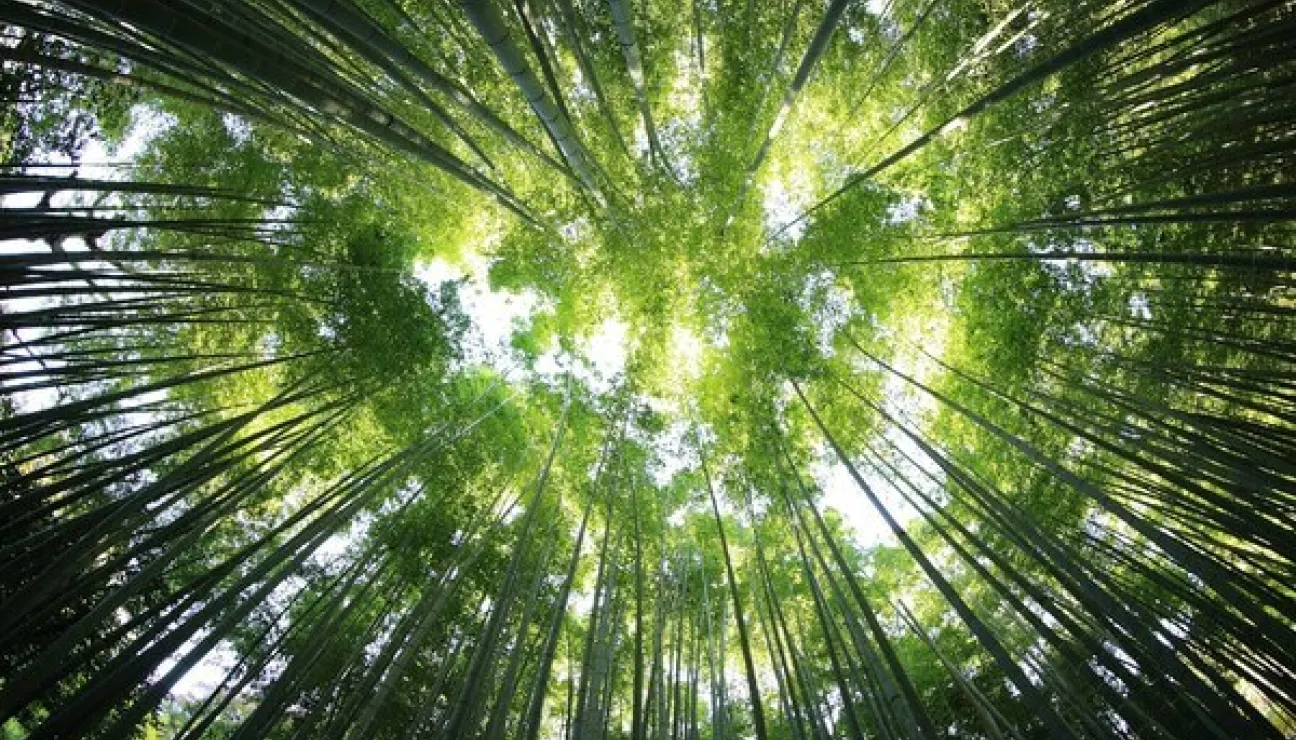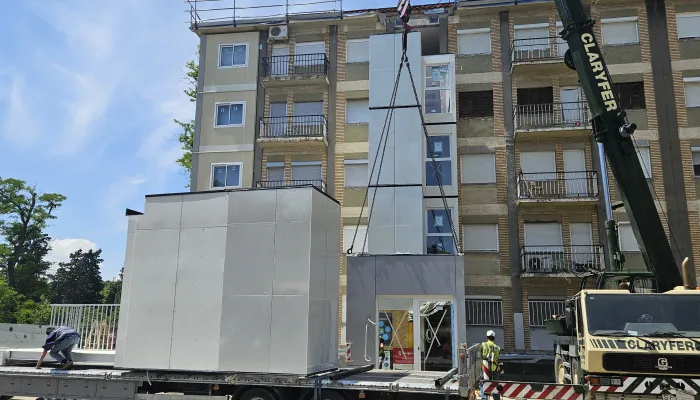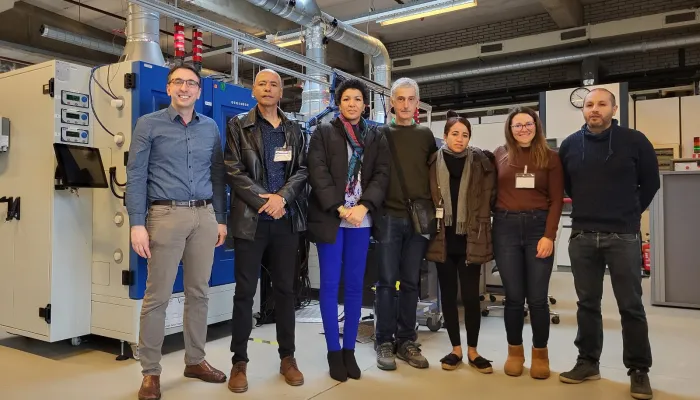Thinking about eco-design for your products? Start with a Life Cycle Assessment (LCA)

Have you ever considered that a Life Cycle Assessment (LCA) may be essential to assess your eco-design options?
Life Cycle Assessment (LCA) is an essential tool for ecodesign, as it provides a detailed and systematic assessment of the environmental impacts of a product or service throughout its entire life cycle, from the extraction of raw materials to its manufacture, use and final disposal. By identifying and quantifying the environmental effects at each stage, it enables designers and manufacturers to make informed decisions on how to reduce the environmental footprint. This can include selecting more sustainable materials, optimizing production processes to minimize waste and emissions, designing for reuse or recycling, and improving energy efficiency.
Previously, we told you about the top 3 most common mistakes when assessing the environmental impact of a product. Ignoring LCA in eco-design could mean overlooking crucial aspects that affect both the environment and the long-term viability of the product.
The five keys to LCA in ecodesign
- Identification of environmental impacts. Helps identify where and how a product impacts the environment. This can include carbon emissions, water use, pollution and resource depletion.
- Data-driven decision making. Provides an objective basis for making design decisions. Designers can use LCA data to improve the environmental efficiency of the product by choosing more sustainable materials or more efficient manufacturing methods.
- Design innovation. By understanding the full environmental impact of a product, designers can innovate and create more sustainable solutions that were not previously evident.
- Transparent communication. Enables companies to communicate in a transparent, data-driven way about the sustainability of their products, which is increasingly valued by environmentally conscious consumers.
- Regulatory compliance and competitive advantage. Many markets and regulations now require greater transparency on product sustainability.

At CIRCE-Technological Center we can help you
At CIRCE-Tecnológico we have extensive experience in carrying out Life Cycle and Cost Analyses and we have done them for different types of products: paints, shopping carts, tupperwares, raw materials, construction materials, plastic containers or packaging, paper and cardboard, among others.
- We evaluate impacts in terms of environmental indicators, such as climate change, water footprint, acidification or eco-toxicity.
- We calculate the carbon footprint of products, services and organizations according to recognized methodologies such as PAS 2050, GHG Protocol or ISO 14067.
- We advise on product eco-design strategies.
- We elaborate emission reduction strategies and support in strategic decision making and new implementations.
- We economically evaluate the life cycle of a product or service considering direct and indirect costs as environmental externalities.
Thanks to these studies it is possible to assess the advantages and disadvantages of each stage of the value chain in order to implement environmental improvement strategies, involving new more sustainable design, production and consumption modalities. In addition, it is possible to evaluate the monetary flows of a product throughout its life cycle, allowing the identification of opportunities to reduce costs from the design phase to its end of life.

Latest news






